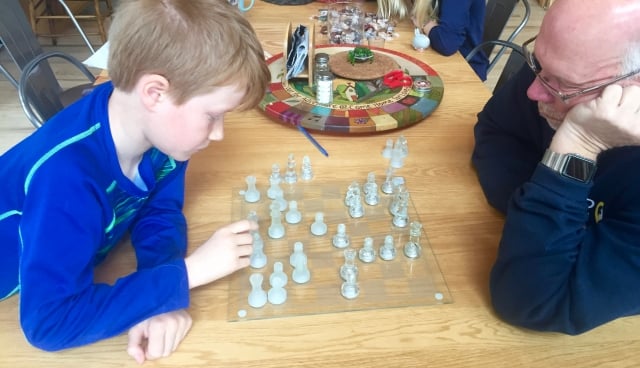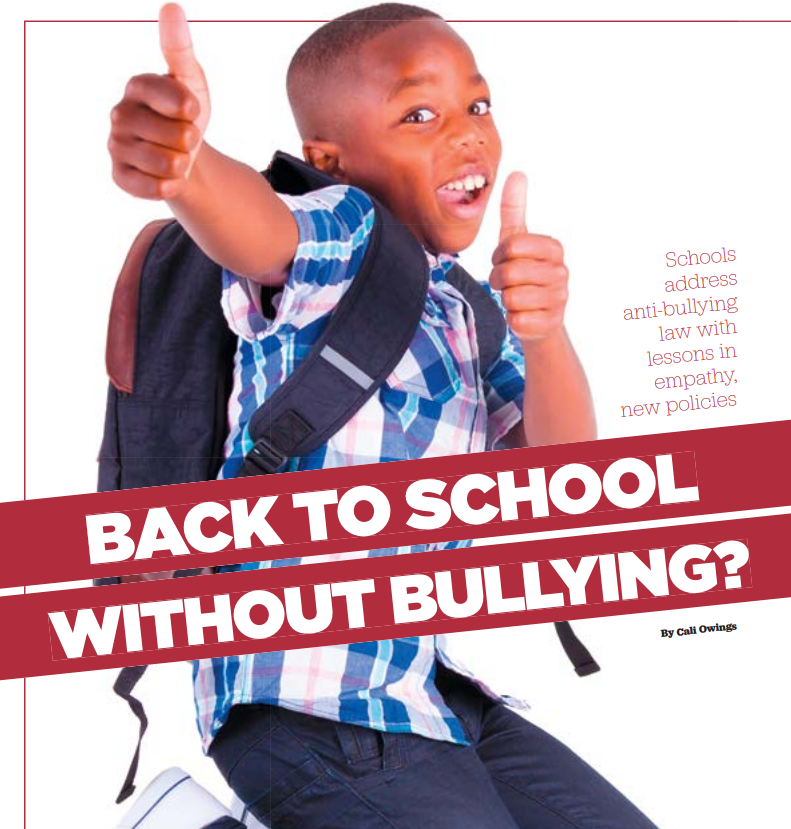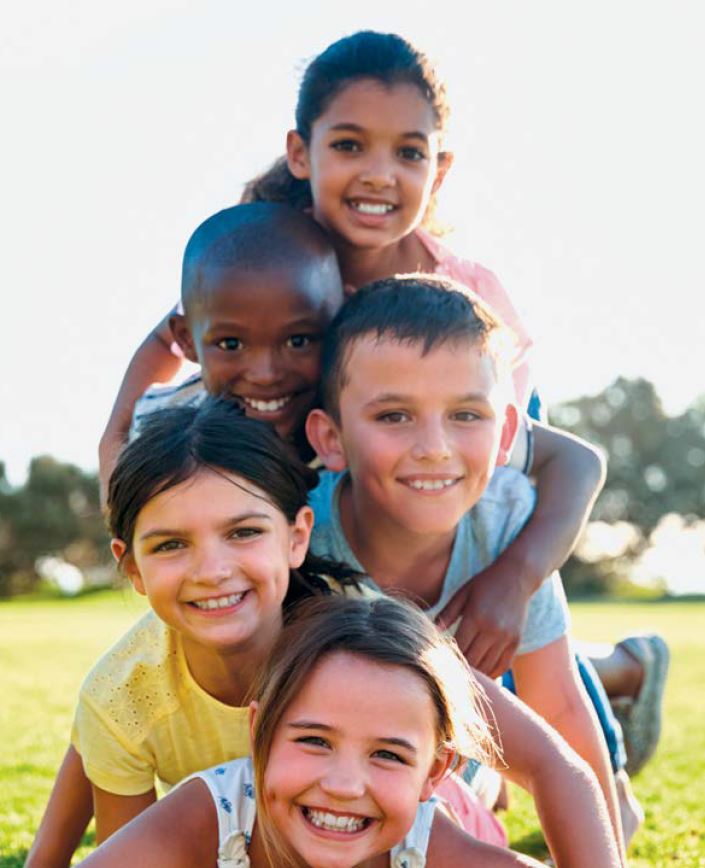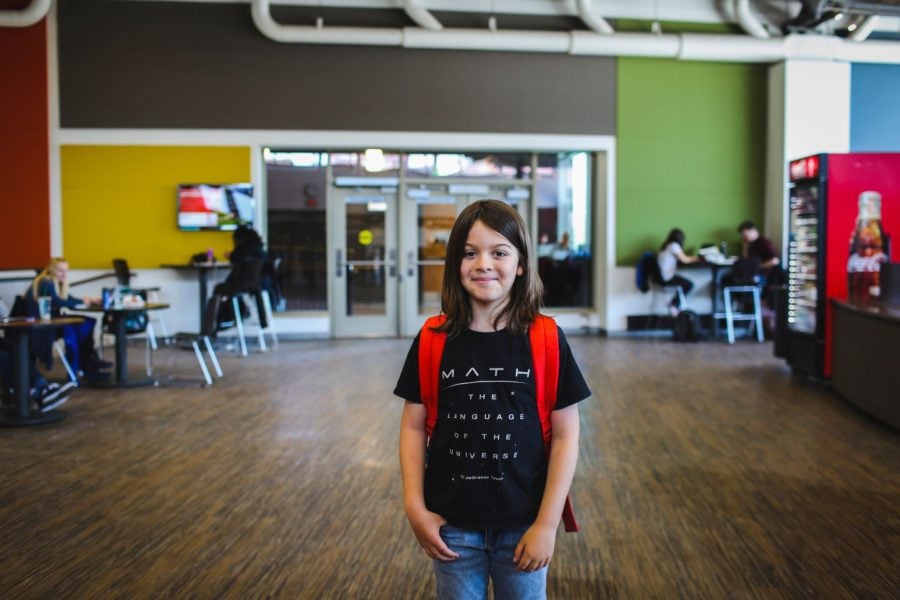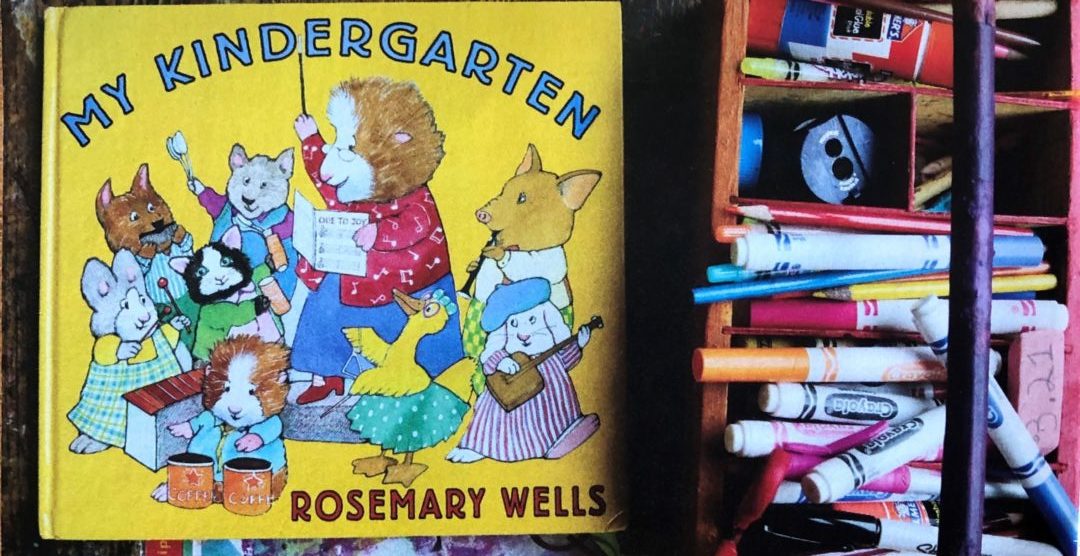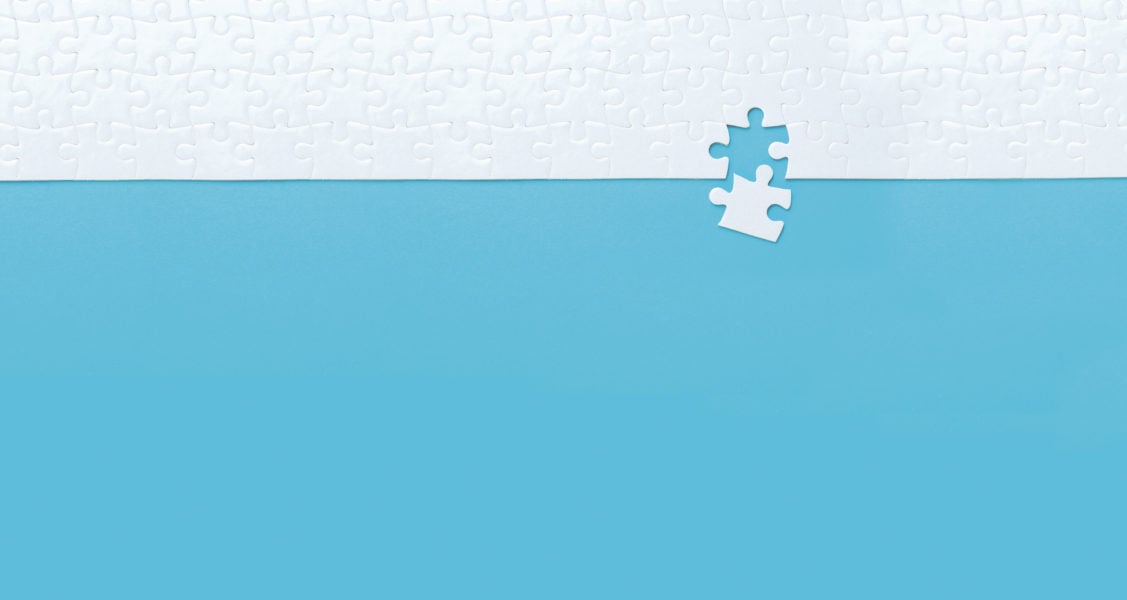As a kindergarten teacher and mother of four school-age children, I often find myself capitalizing on natural learning opportunities and teachable moments outside of school.
There are many simple, yet important ways we, as parents, can cultivate enriching pockets of time with our children — at home, in the outdoors or on-the-go — to promote social-emotional, physical and/or academic growth:
Read for pleasure.
This might sound like a no-brainer, but this simple act, which is so beneficial, can easily be pushed to the wayside in the fullness of family life. Reading for pleasure (reading something of your choice and of high interest) can exercise your imagination and creativity as well as improve literacy.
For younger children, reading for pleasure often takes place in the comfort of a loving adult’s lap. As children grow and become independent readers themselves, we can nurture their literacy development by encouraging and cultivating habits of reading at home. Remember, we all get good at what we practice.
The Center for Children’s & Young Adult Literature encourages parents to let their kids “catch” them reading. Children look to adults as role models for reading in addition to everything else. If they see the adults in their lives valuing and enjoying reading, they’ll be predisposed to emulate that behavior and become readers, too!
You might have to shift some current habits (for yourself and your children) to make time to read for pleasure if you aren’t already doing so. Consider swapping out 30 minutes of TV, video games or scrolling social media feeds in exchange for time reading books or magazines from your local library.
Create and play.
Feed your child’s creativity by providing simple, open-ended art supplies and materials. At our house, we have an “art table” where our children enjoy open access to pens, pencils, crayons, markers, scissors, tape, a stapler, paints, glue (and a glue gun) as well as variety of papers, and play-dough.
We also use this space for craft, science and construction kits. Having this space defined in our home also eliminates the stress associated with mess.
Open-ended playthings can stimulate a child’s creativity and imagination, and can help your child develop skills while having fun. (Our favorites are LEGOs, Magformers and Playmobil sets.)
Simple strategy games like Connect Four, Quirkle, checkers and chess can exercise both sides of the brain and boost creativity and memory.

Make music.
Our family has found tremendous value in music lessons for our children. Our two eldest (ages 13 and 11) take weekly guitar lessons, which provide both enrichment and an outlet for creativity. I love watching and listening to my children play the guitar. I also learn from them when they share their learning with me. My younger children have access to simple instruments (a harmonica, bongos, ukulele and our most recent addition — a toy accordion), which encourage playfulness and curiosity.
Get outside.
Nature abounds with opportunity for discovery and wonder. When children play outdoors, it’s good for both their mental and physical health and offers boundless opportunities for learning. Studies show that spending time outdoors each day can help both children and adults boost creativity and focus, while improving mood and self-esteem. With winter weather approaching, consider my tips for getting your child (and you!) comfortably outdoors this winter at mnparent.com/thrive.

Learning on the go.
You can also schedule special educational outings, such as visits to the library or special programs. Don’t overlook slightly bigger-ticket activities, including concerts or visiting a children’s museum, discovery center or historical site. (Check out Minnesota Parent’s awesome event calendar for upcoming activities suited for families.)
These, as well as more common outings, such as running errands or eating at a restaurant, give children opportunities to practice manners and other important social skills with positive guidance, support and modeling.
Remember, you are your child’s most important teacher!
Megan Devine is an elementary school teacher who lives with her husband and four school-age children in Northeastern Minnesota. She blogs at kidsandeggs.com.


